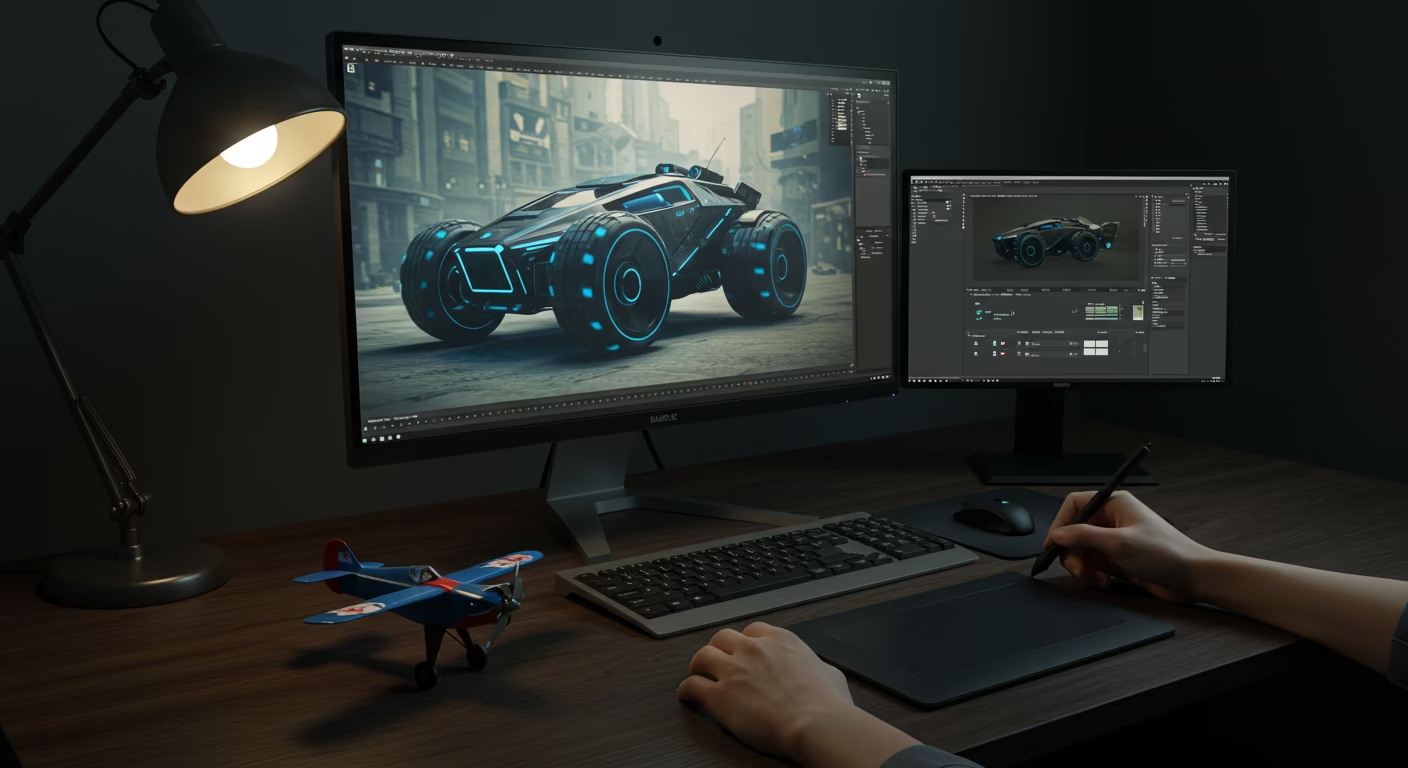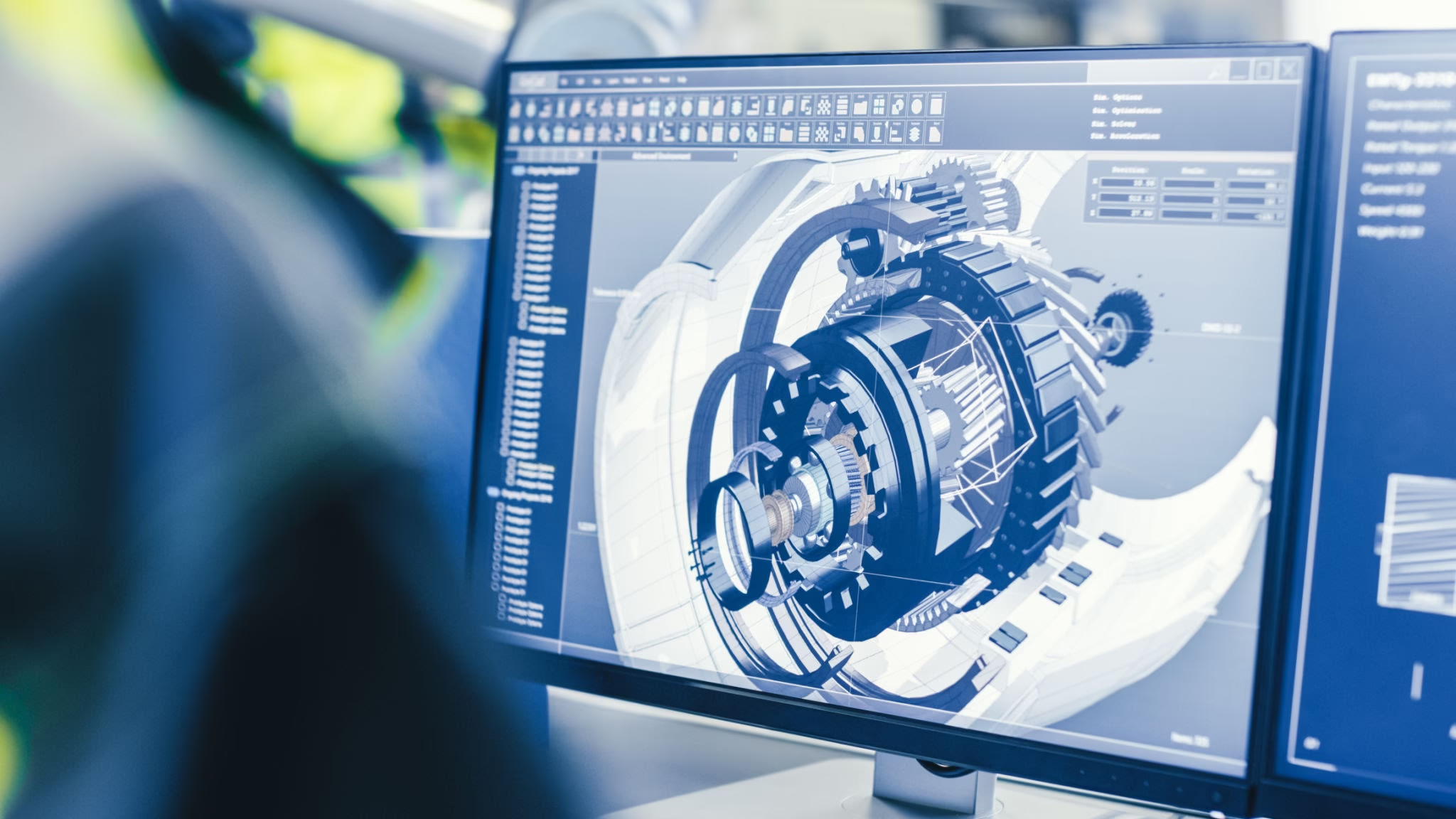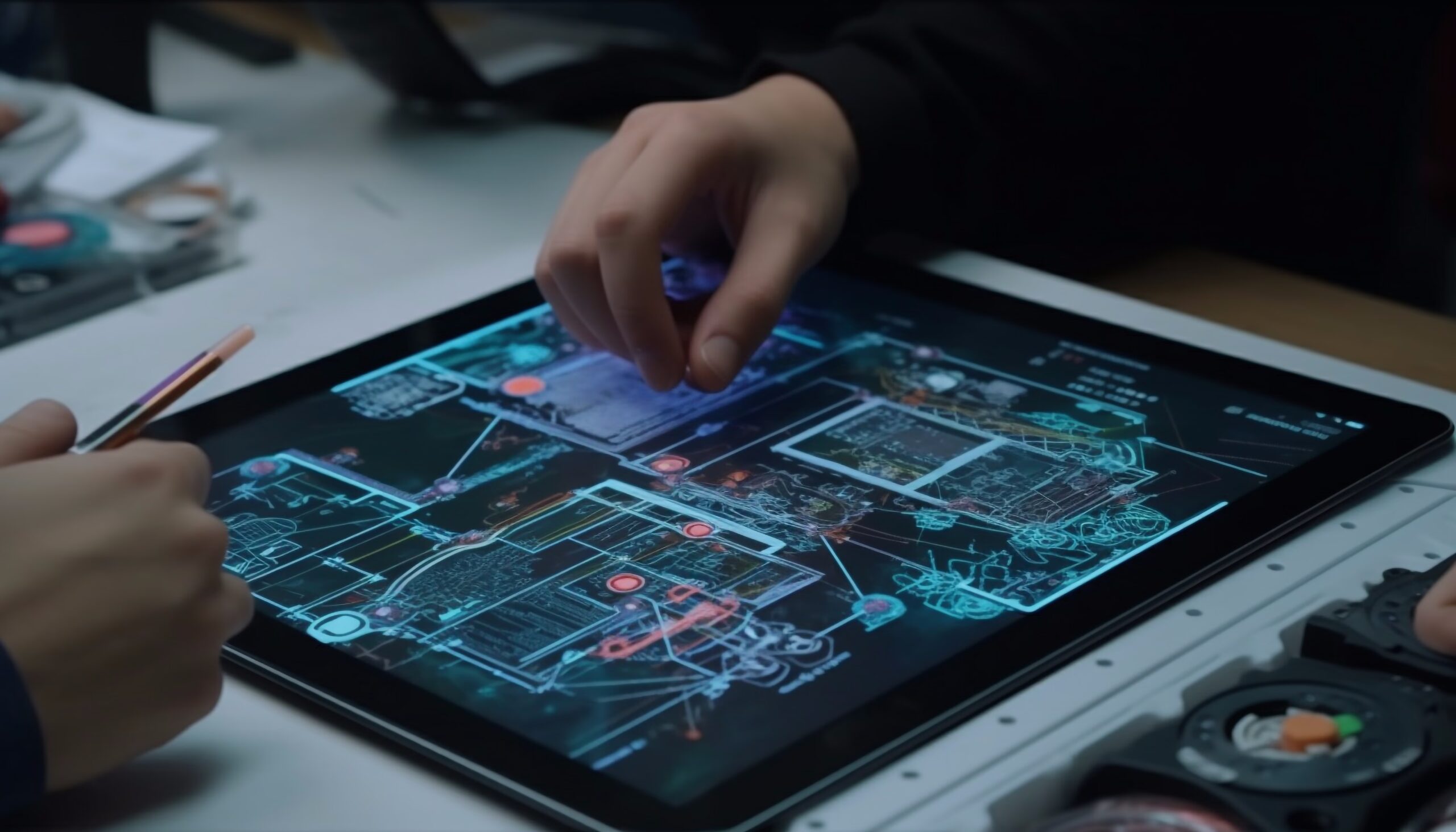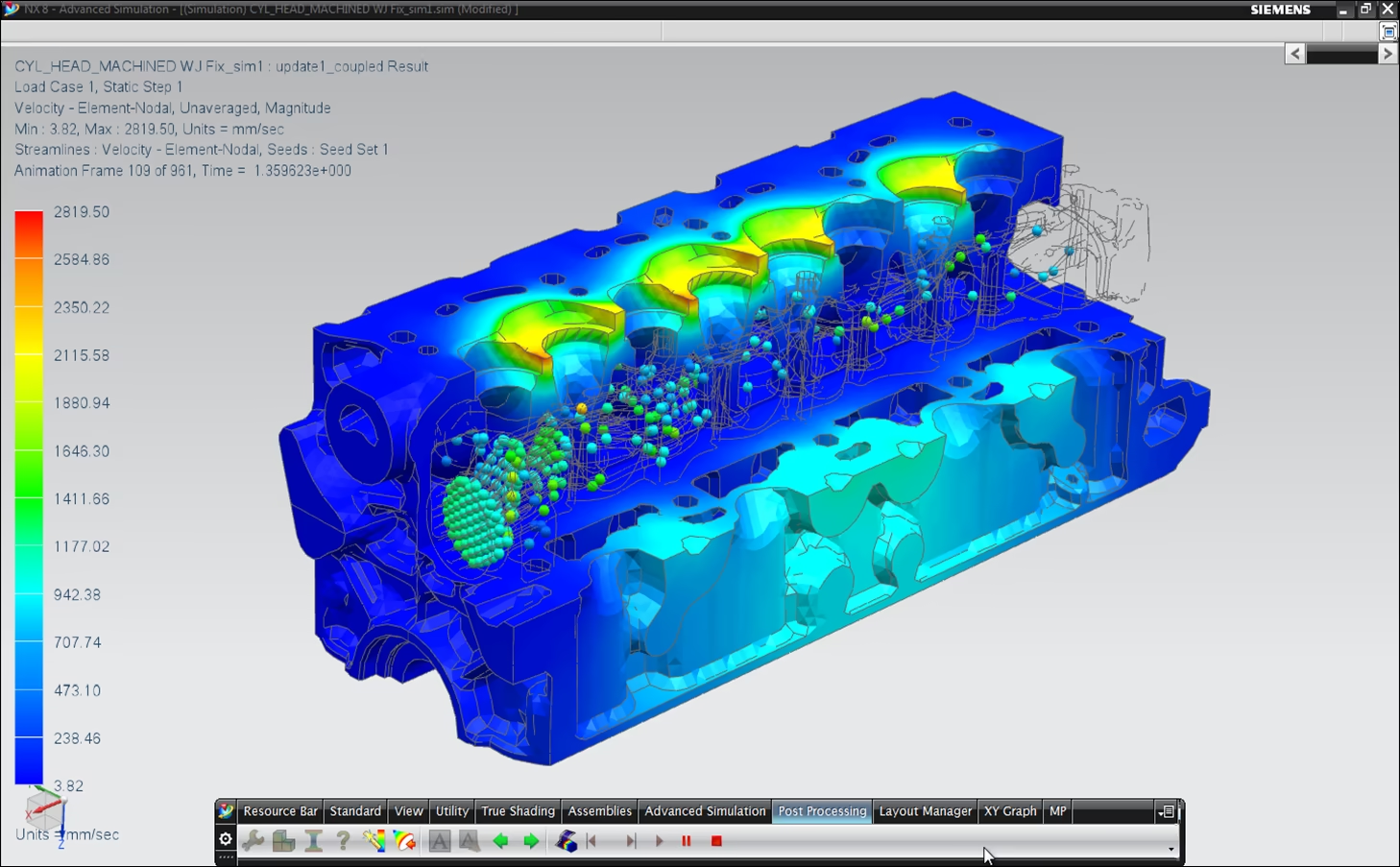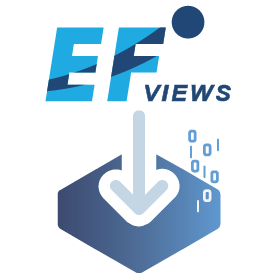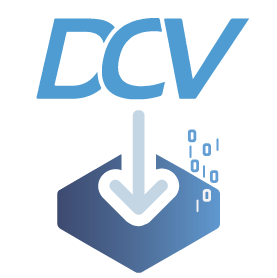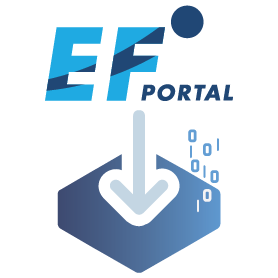high-performance remote desktop and application streaming
DCV allows you to deliver remote desktops and application streaming from any cloud or local server to any device, even in not-ideal network conditions. With DCV, you can run graphics-intensive applications remotely, and stream their user interface to simpler client machines, eliminating the need for expensive dedicated workstations.

WHY CHOOSE DCV
for your remote desktop applications

High performance
DCV’s bandwidth-adaptive streaming protocol provides near real-time responsiveness for your applications with no compromise on image accuracy.

Flexible
DCV provides flexible multi-OS compatibility and browser-based access, with support for both cloud and on-premises usage.
highly secure
DCV uses TLS encryptions to stream content and user inputs using TLS encryption. DCV streams pixels instead of geometries to ensure data privacy.

No data transferS needed
Instant pre- and post-processing. No wait time until the large results have arrived at your workstation for post-processing.

Great interactive performance
DCV delivers in the most challenging network environments, even handling high latencies of 100ms+.

Multiple-users collaboration
Teams can work together with full 2D/3D support, sharing the same desktop in collaboration or viewing mode.

On-premises and/or in the cloud
DCV streamlines you cloud-based workflows while also being a powerful solution for local setups.
What PROFESSIONALS say about DCV

Netflix Uses DCV on AWS FOR THEIR VFX CLOUD Studio
“Amazon EC2 G4 Instances enable us to support all of the configurations and digital content creation applications that our artists need. NICE DCV enables streaming those applications, so artists can jump right into their tasks without launching a desktop.”
Michelle Brenner
Senior Software Engineer, Netflix

VOLKSWAGEN USES DCV FOR 3D REMOTE VISUALIZATION
“More than 1,000 automotive engineers in the Volkswagen Passenger Cars division rely on multiple computer-aided engineering applications. […] They can reliably access their high-end Linux workstations and complete 3D simulations from home or other remote locations using DCV.”
Gunther Mayer
IT Specialist, R&D, Volkswagen Passenger Cars

LG ELECTRONICS USES DCV TO ACCELERATE PRODUCT DESIGN
“Using NICE DCV, LGE engineers can remotely access CAE software and supercomputing systems running in an on-premises data center. NICE DCV had the best performance for speeding up graphic resolution and low latency, and it was simple to manage for HPC.”
Woosung Kim
HPC Professional Engineer, LG Electronics
INSTALL DCV ON WINDOWS IN 1 MINUTE
TRY DCV IN YOUR ENVIRONMENT NOW
A REMOTE SOLUTION TAILORED FOR YOUR NEEDS
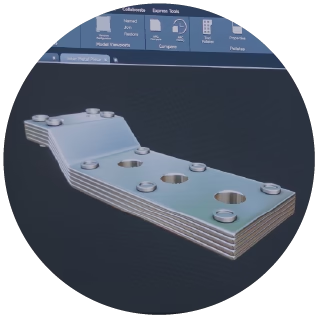
3D graphics visualization
HPC workloads in industries like oil and gas, life sciences, and design and engineering are increasingly complex and data-intensive, and the DCV streaming protocol eliminates the need to transfer massive output files by delivering a smooth, bandwidth-efficient experience for remotely streaming HPC 3D graphics.
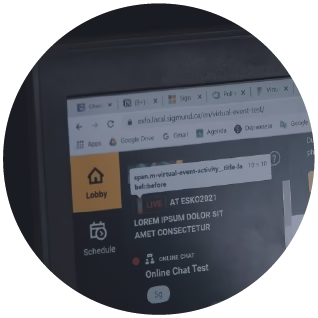
Browser-based access to APPS
The DCV web client provides a responsive streaming experience compatible with any HTML5 browser, ensuring portability across mobile devices while reducing IT operational overhead by eliminating the need to manage native clients, all without compromising streaming performance, and developers can further customize it using the DCV Web Client SDK.
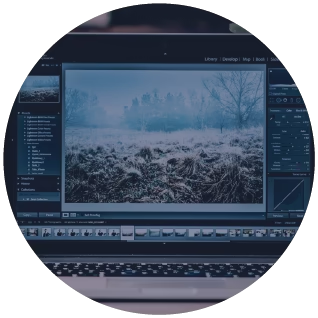
Custom remote applications
Custom remote applications and managed services benefit from the seamless integration of the DCV streaming protocol, which ensures end-to-end security with AES-256 encryption for both pixels and user inputs, while native clients support up to 4 monitors at 4K resolution each for a high-performance experience.
DCV works seamlessly with the most used industry applications:

Dassault
Catia

Ansys
Suite

OpenFOAM

Schlumberger
Petrel

OpenFlow

Cadence
Allegro

Synopsis
Design Compiler

Schrödinger
Suite
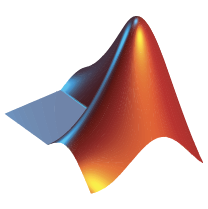
Matlab

ParaView

TensorFlow

Filmlight
Baselight

AutoDesk
Maya

SideFX
Houdini

Foundry
Nuke

Epic
Unreal

Maxon
Cinema4D

Blender
TRY DCV NOW
DCV RESOURCES
On Windows NICE DCV offers high performance remote 3D desktop access for:
- NICE DCV on physical Windows workstation or server with or without GPU
- NICE DCV in virtualized Windows VM without GPU or with vGPU or physical GPU attached
vGPU or virtual GPU are subsets of a physical nVidia Grid GPU or AMD GPU where e.g. 1GB, 2GB, … frame buffer can be allocated for the respective vGPU. The GPU rendering performance is typically distributed to the different vGPUs on a first come first serve basis.
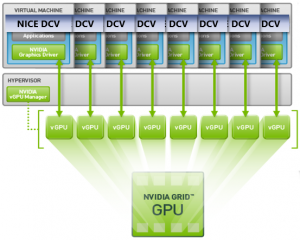
The vGPU is made available to the Windows OS in the Virtual Machine and NICE DCV via GPU-passthrough enabled by the hypervisor which could be e.g. Redhat-KVM, VMWare or XenServer. Our analysis of price performance of different nVidia GPUs provides additional background.
Installation of NICE DCV for Windows is done in 2 minutes by downloading and executing the installer – just try it yourself.
More information about the features of DCV for Linux: NICE DCV Product Codes and Features.
NICE DCV for Linux works in console mode for high-end remote desktop streaming of the console with or without GPU or many concurrent virtual desktops for different users without GPU.
The very efficient NICE DCV GPU sharing use case supports GPU sharing for e.g. 10-15 full-performant 3D Linux virtual desktops on physical Linux servers for different users sharing one or multiple GPUs, CPU cores and memory. This is a very cost- and resource efficient and straight-forward solution on physical Linux widely used offering full performance without the need for virtual machines or Grid licenses for every VM.
NICE DCV can launch different sessions for each 3D desktop sharing the GPU. Todays GPUs computation power is sufficient to support many concurrent users. GPU memory of 8GB to 16GB or even up to 48 GB supports many concurrent 3D Linux applications as often the consumption of GPU memory by the 3D applications is less than expected also for large models.
The GPU consumption of each 3D application can be analyzed with nvidia-smi which helps to understand overall GPU memory consumption (please find more background on nvidia-smi and price performance of different GPU types in our article Overview of selected nVidia GPU cards). Using virtual machines wastes resources compared to shared servers – we explain why in The hidden cost of VMs: Why They Waste Resources and How To Avoid It.
More information about the features of DCV for Linux: NICE DCV Product Codes and Features.
- NICE DCV Support and Technical Guides (Installation Guides, Tuning, …)
- NICE DCV Installation Walk-Through (Video)
- NICE DCV Demo (Video)
- NICE DCV Product Codes and Features Overview
- What is Remote Desktop Streaming and How to Optimize it
- Ready-Made AMIs on AWS Marketplace to kick-start your NICE DCV experience
- Comparison of NICE DCV and HP Anyware
- Comparison of NICE DCV and HP RGS
- Comparison of NICE DCV and Parsec
- Comparison of NICE DCV and NoMachine


